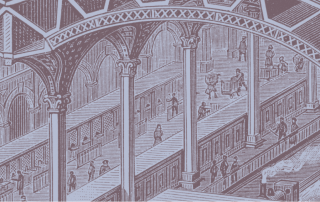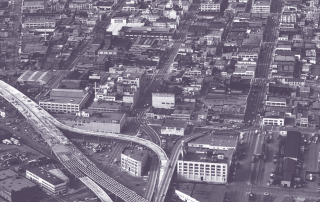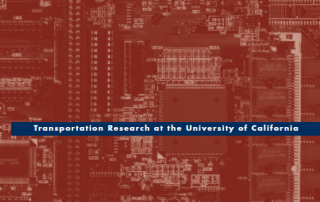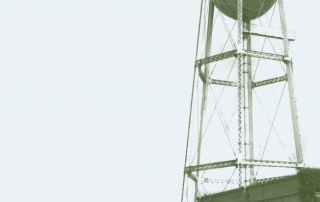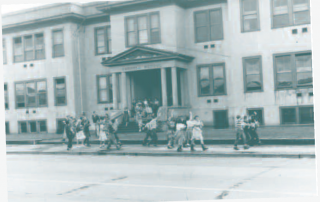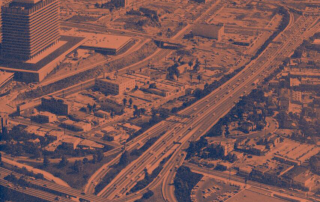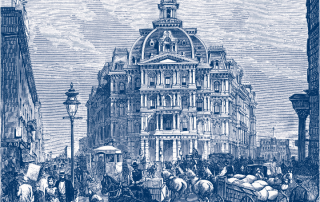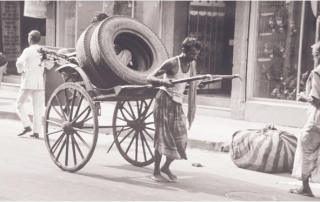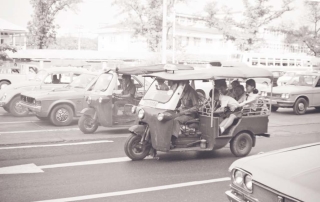TOD and Carsharing: A Natural Marriage
Robert Cervero
Transit oriented development (TOD) is arguably the most cogent and acceptable form of smart growth. Almost everyone "gets" TOD. Politicians, professionals, and lay citizens alike understand that if there is any logical place to promote compact, mixed-use development, it is around transit stations.
The benefits of TOD are largely borne out by empirical evidence. People who live near rail transit stops in the US have much higher rates of transit use than the typical resident of a rail-served region. In California, surveys show that residents who live near a transit station use transit for their commutes at a rate four to five times higher than residents of the same region who don’t live near stations. This pattern has held steady over time. In the case of the Pleasant Hill BART station, for instance, 47 percent of station-area residents took transit to work in 1993. Ten years later, in 2003, the share was 44 percent.

